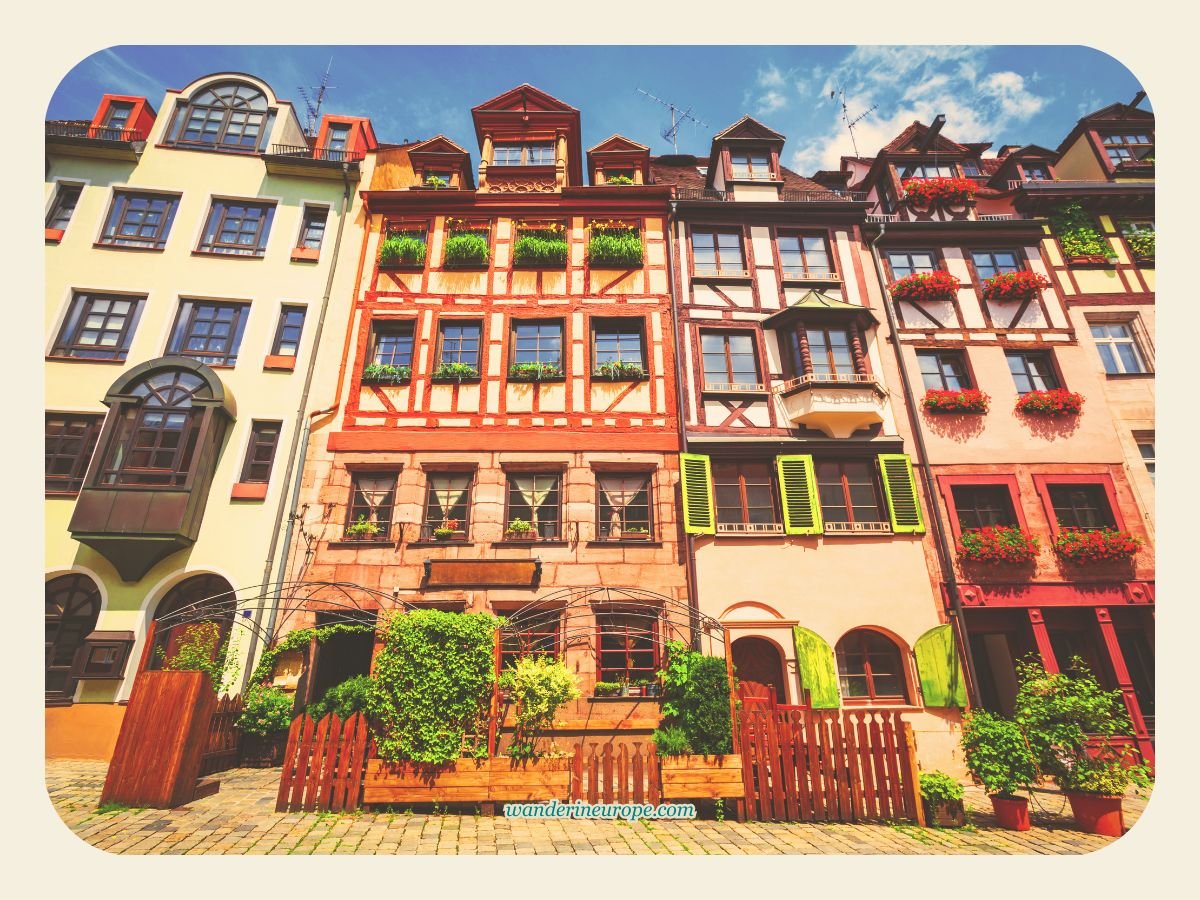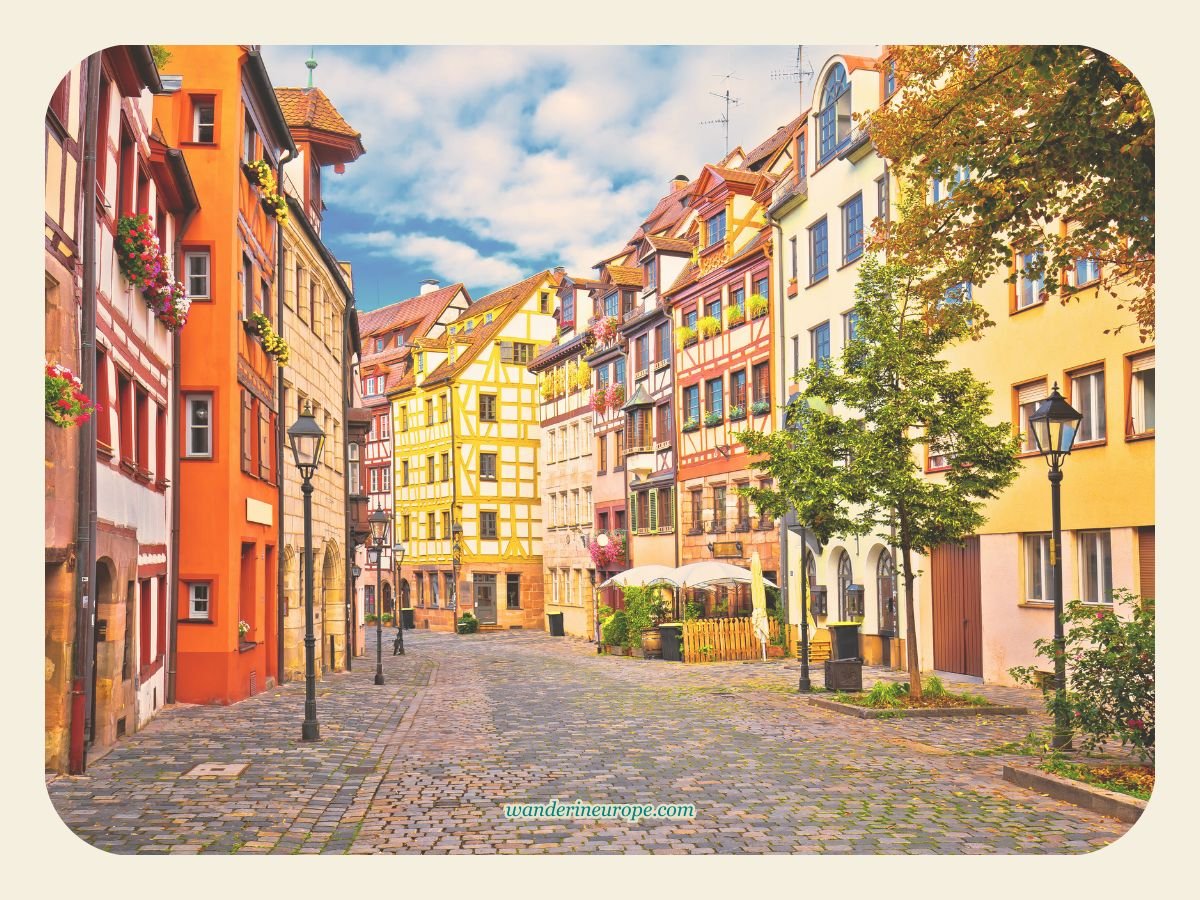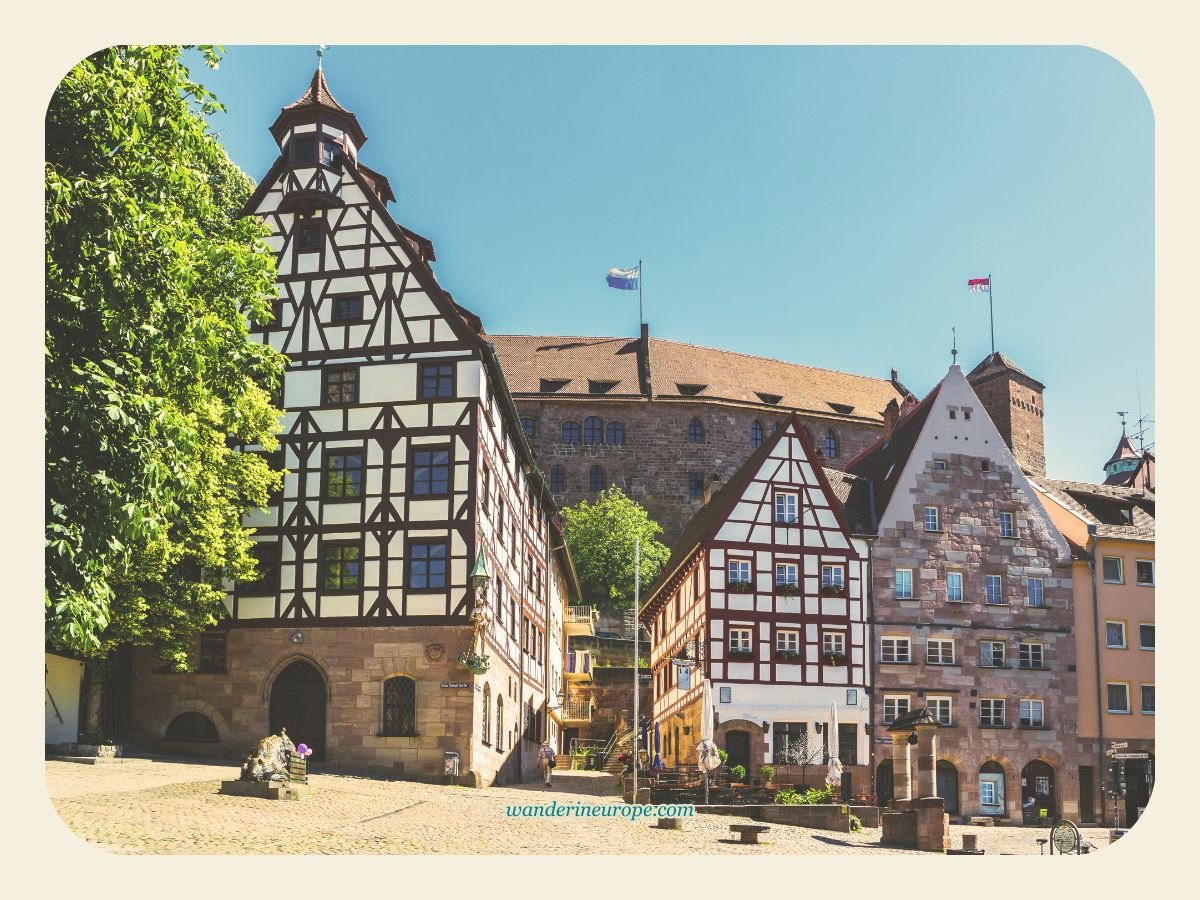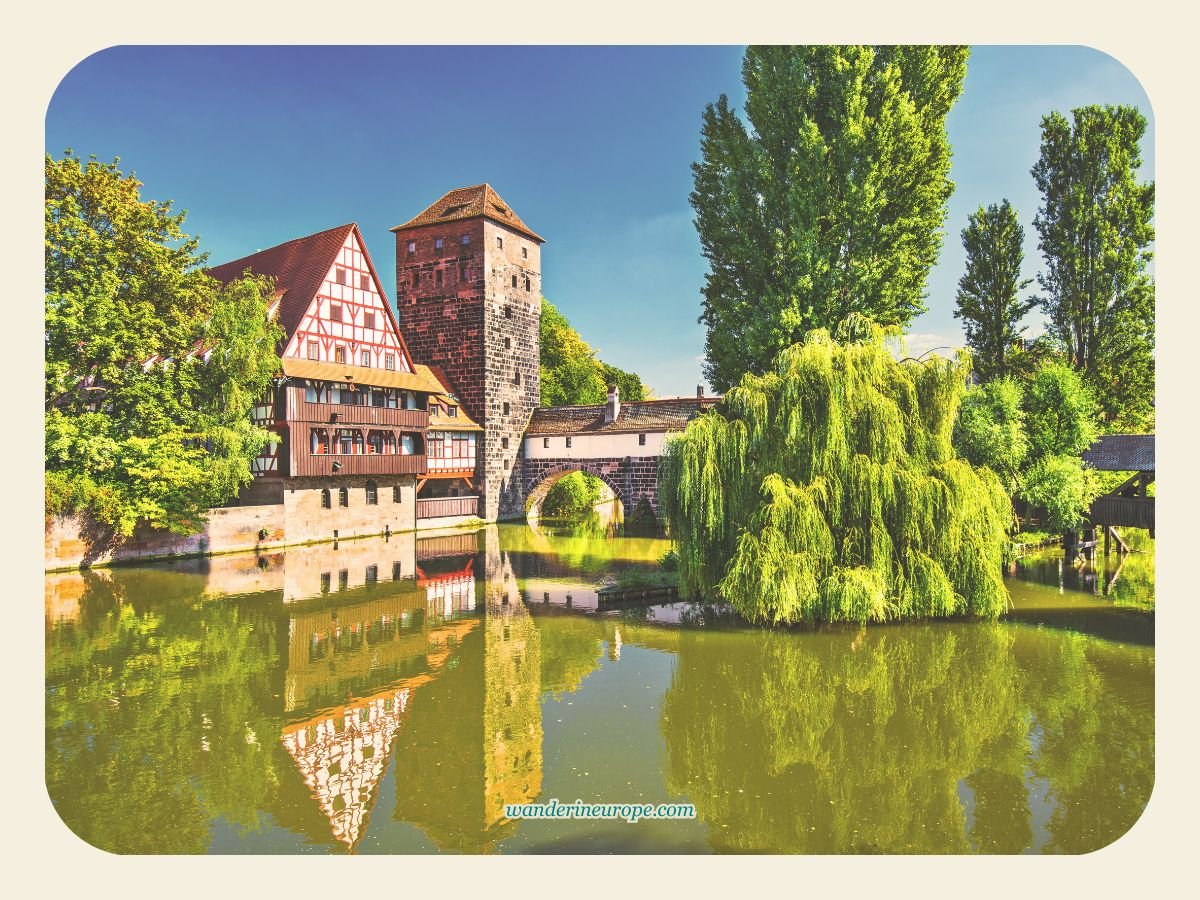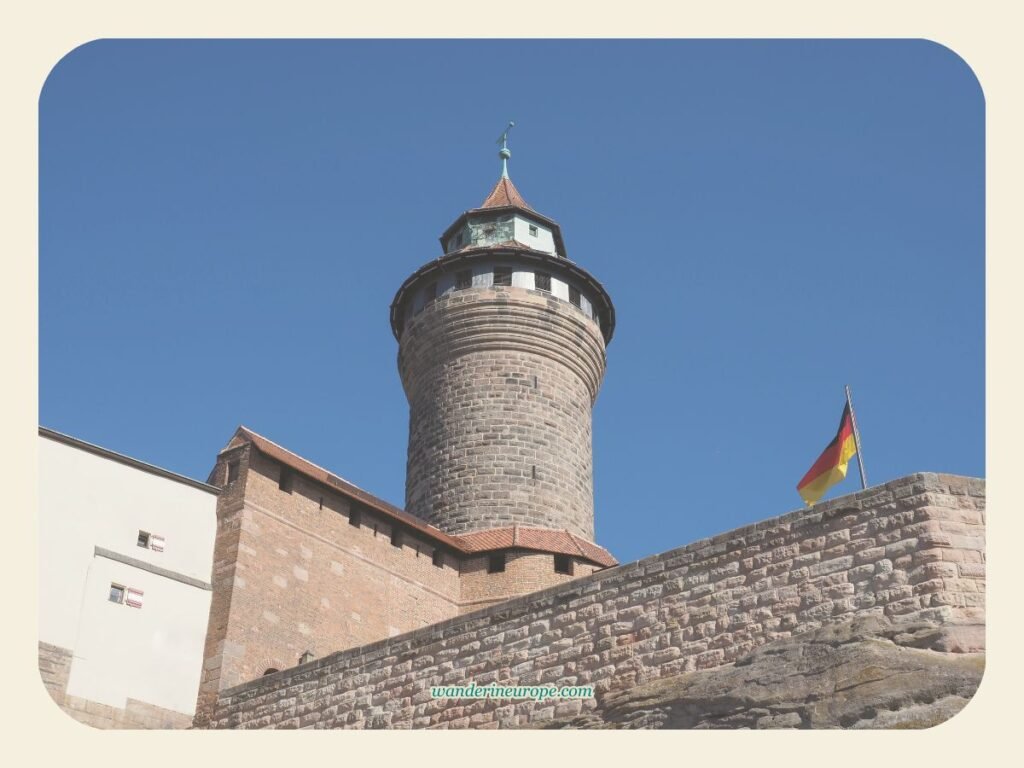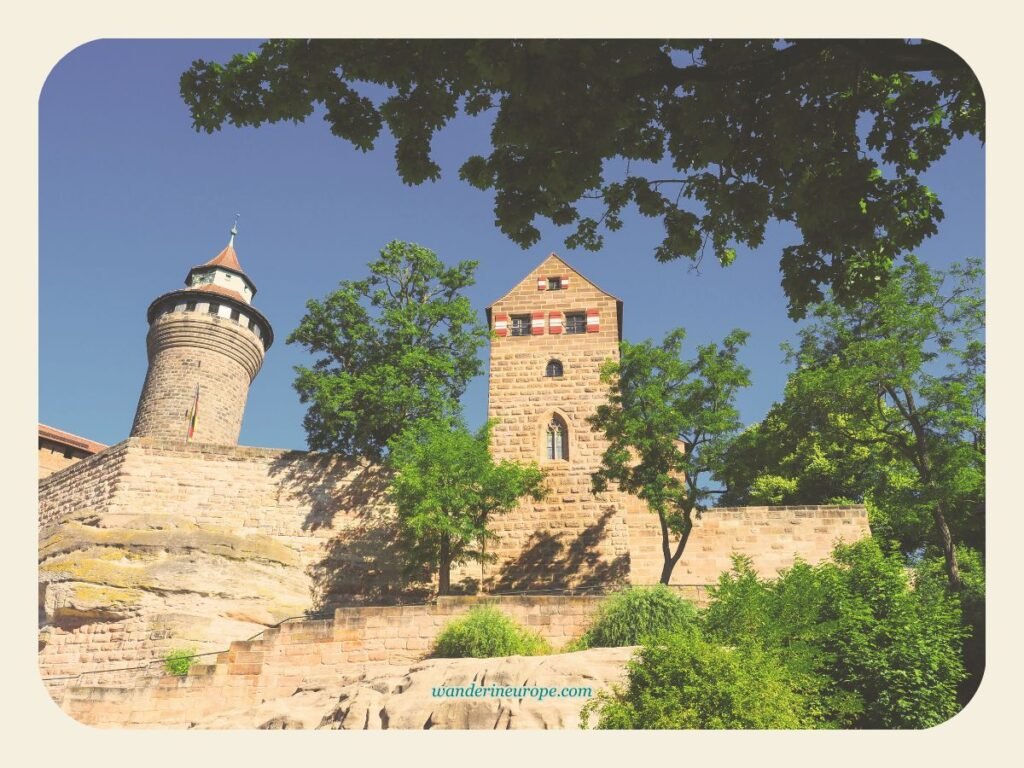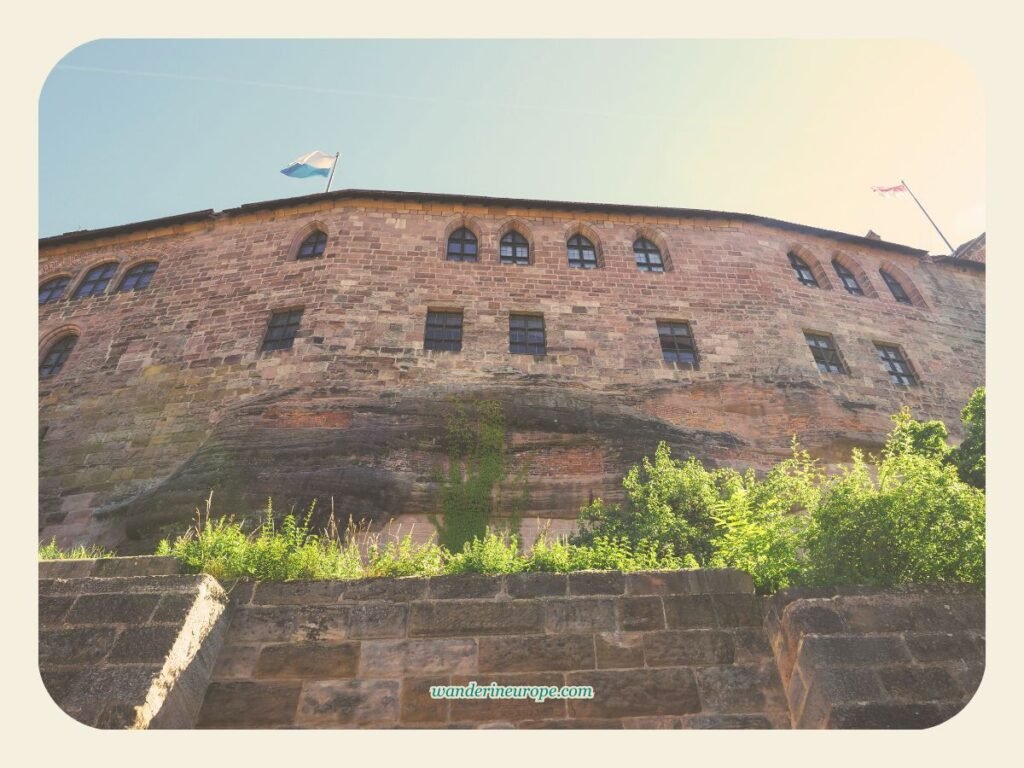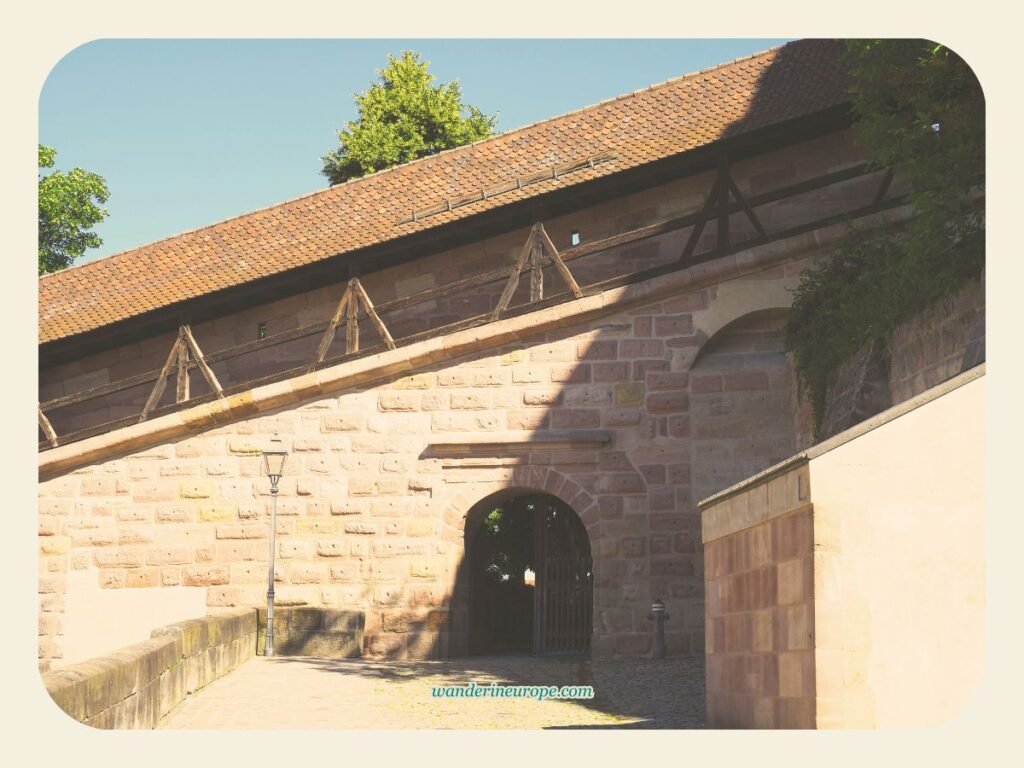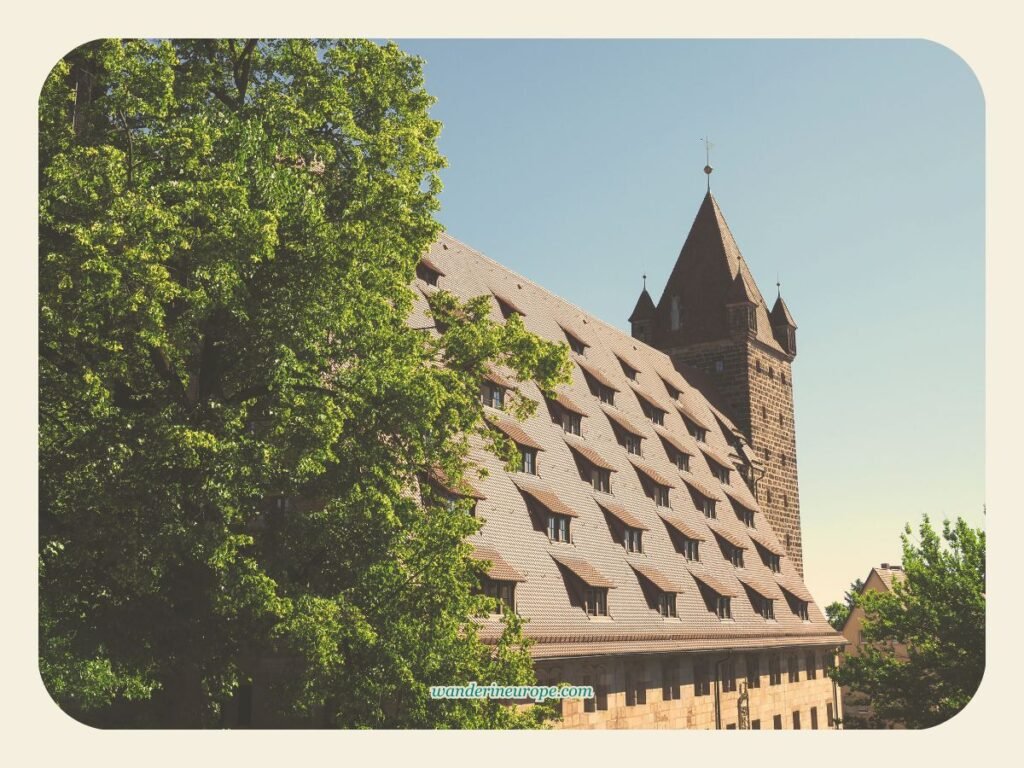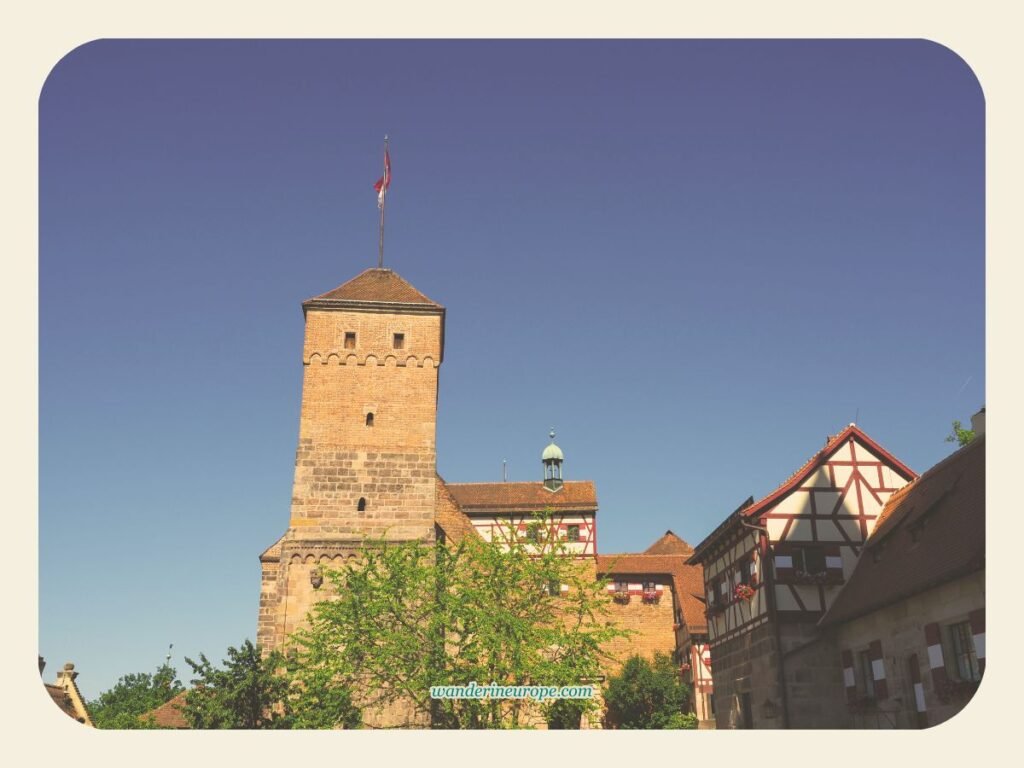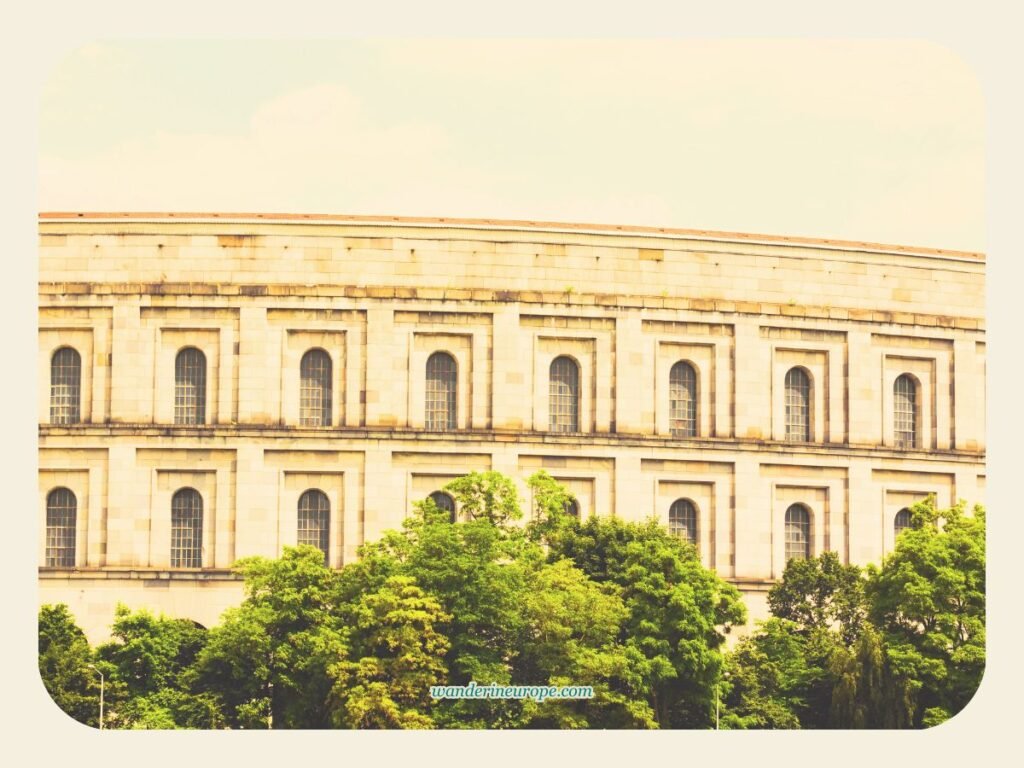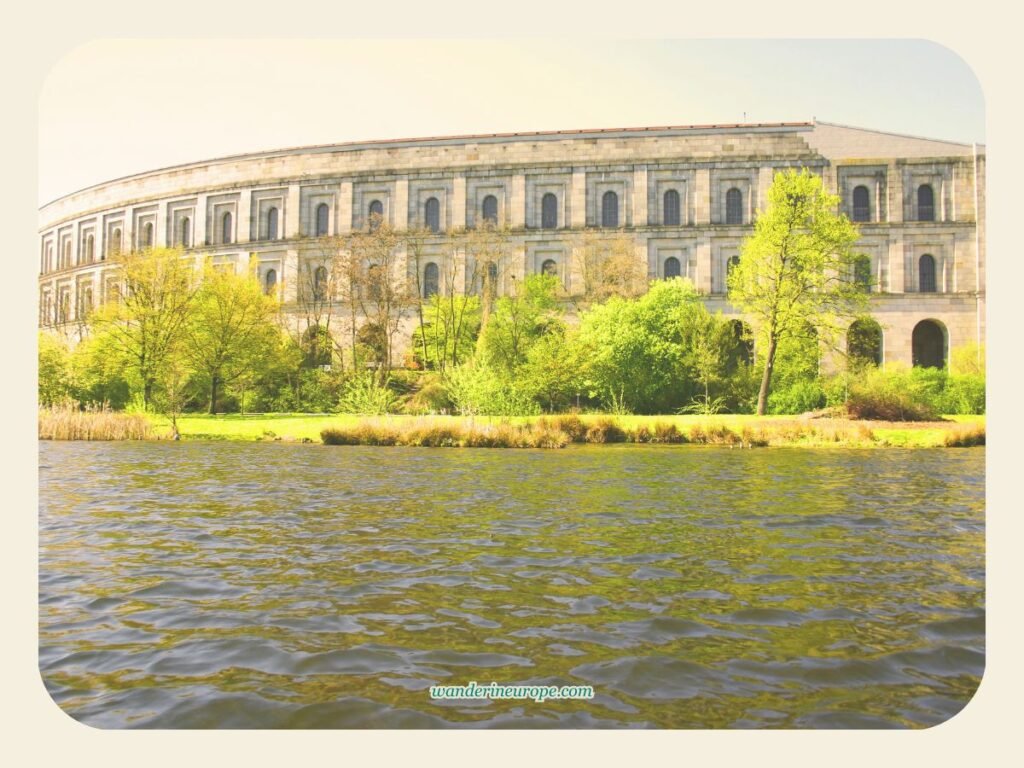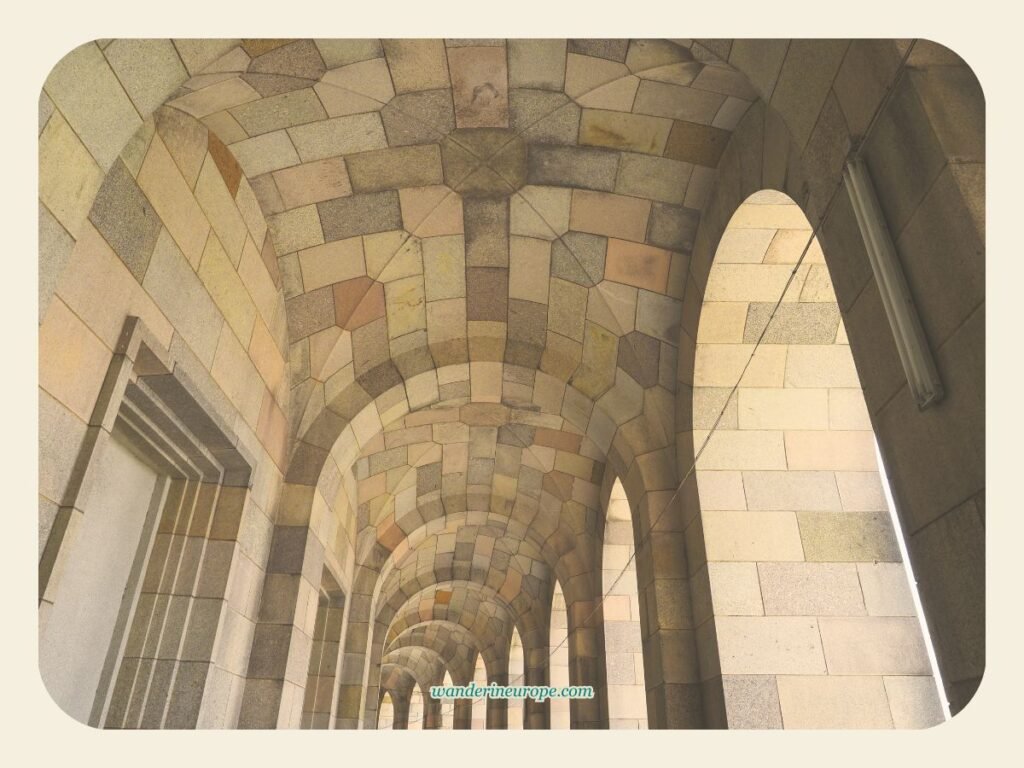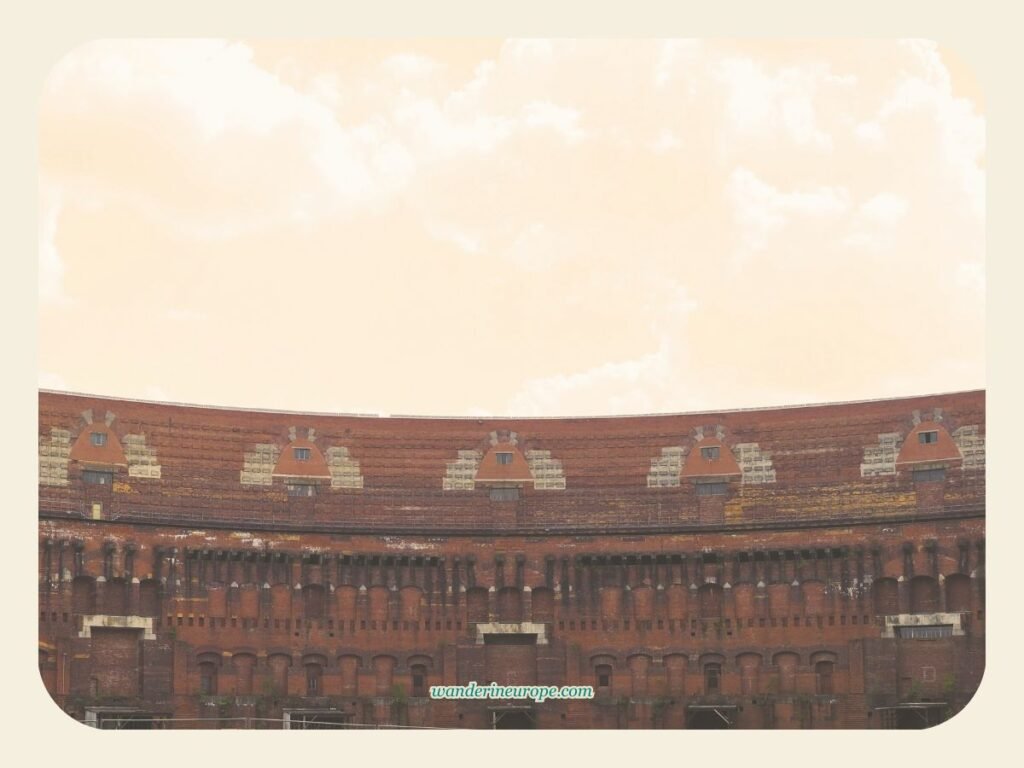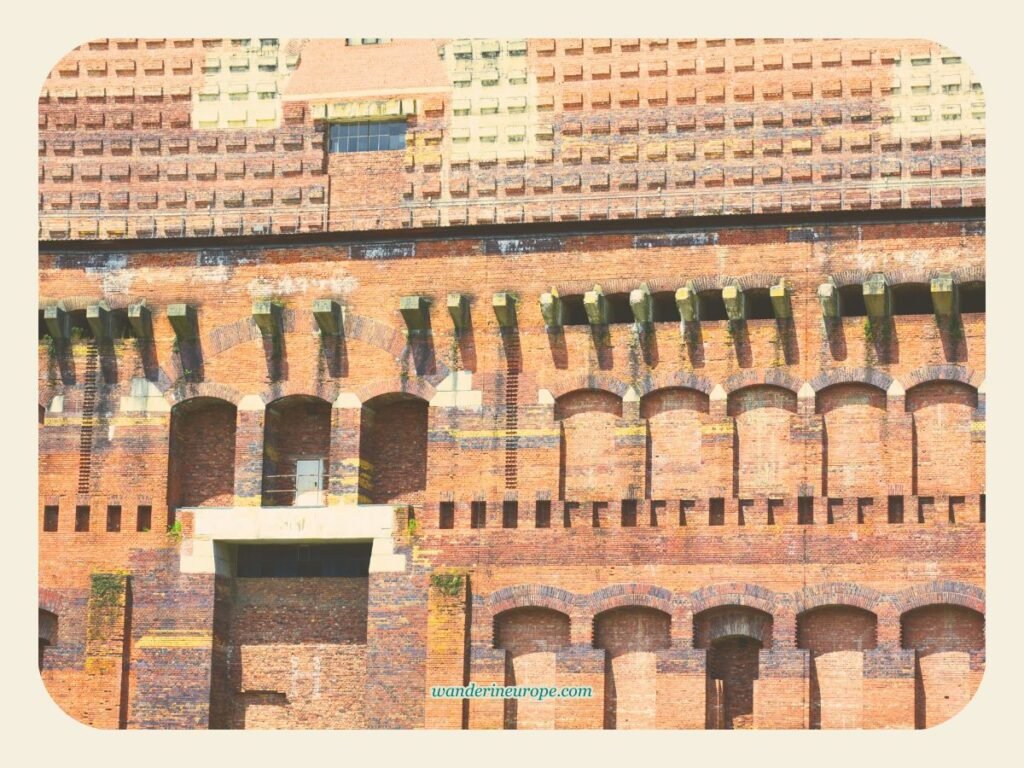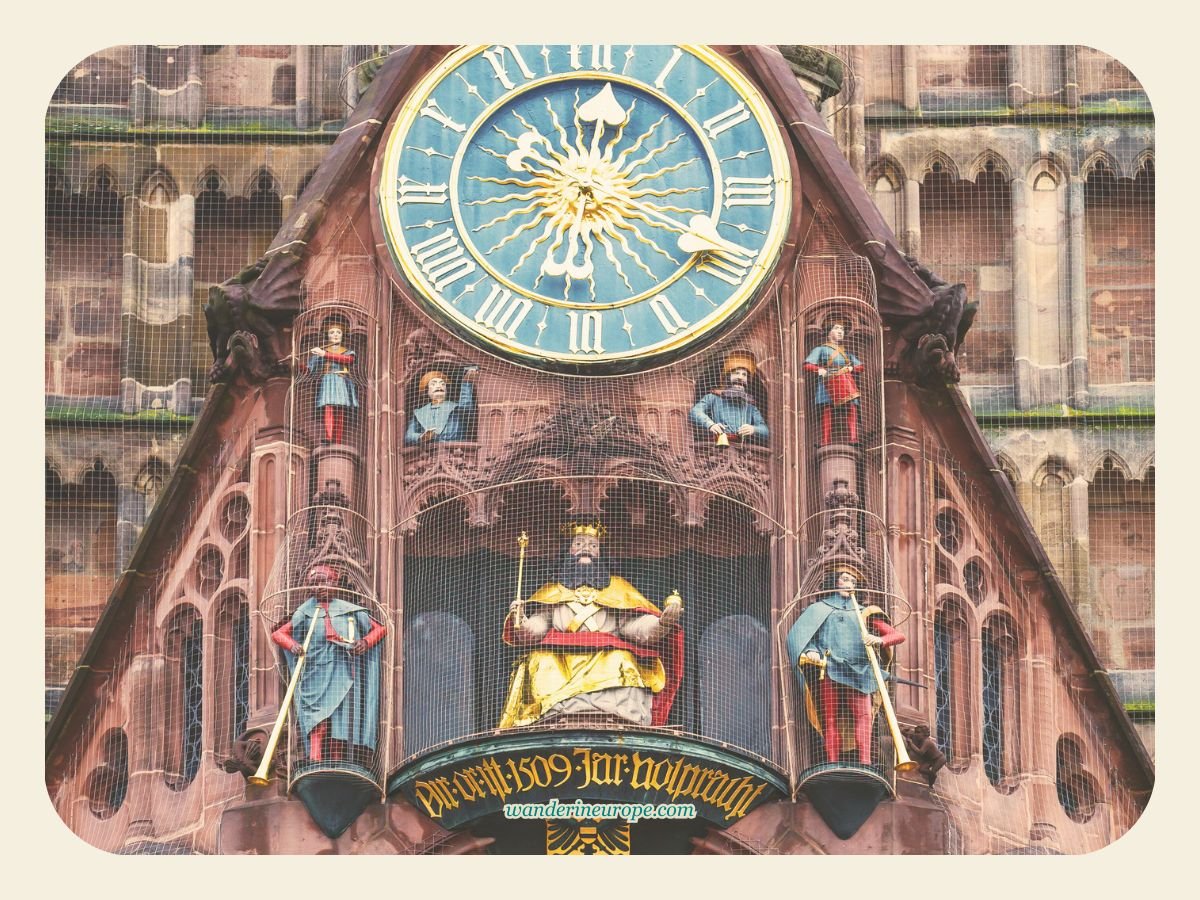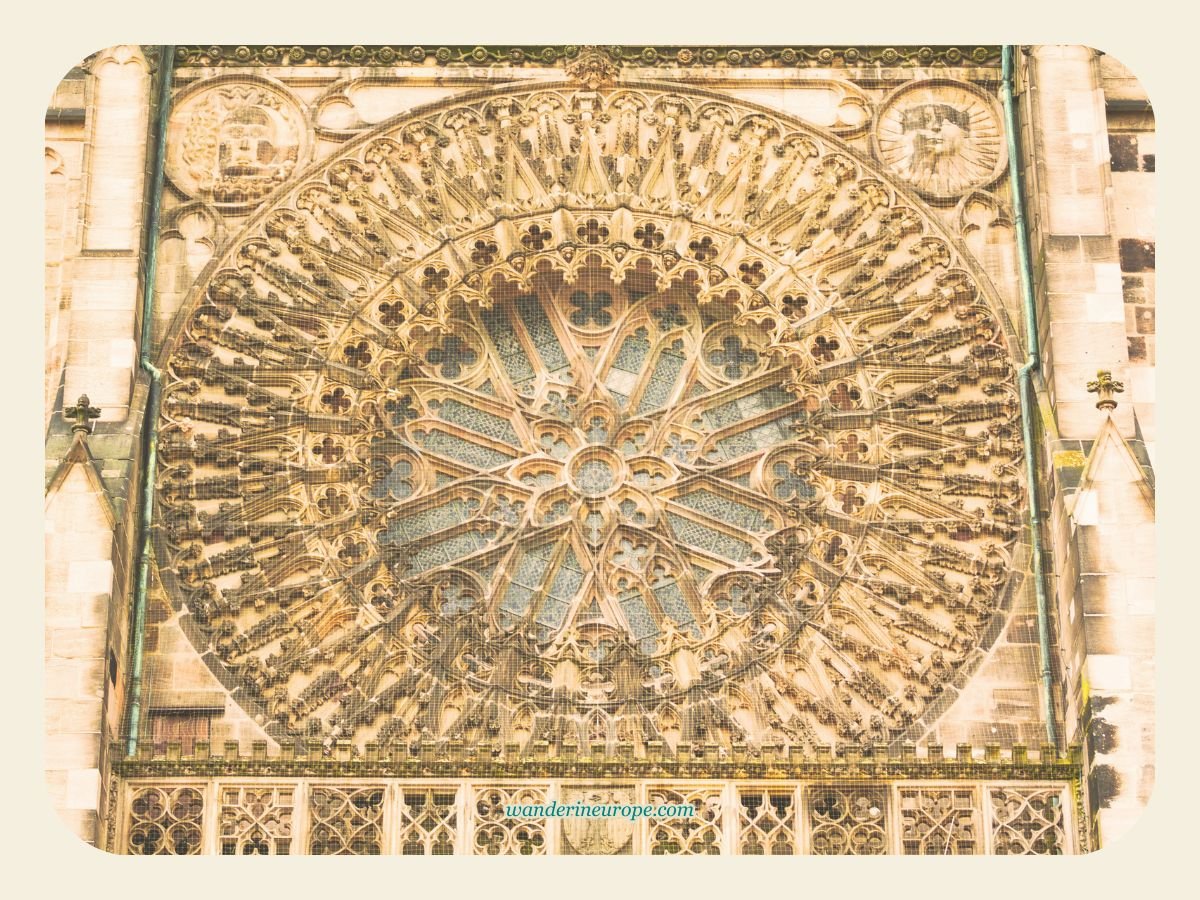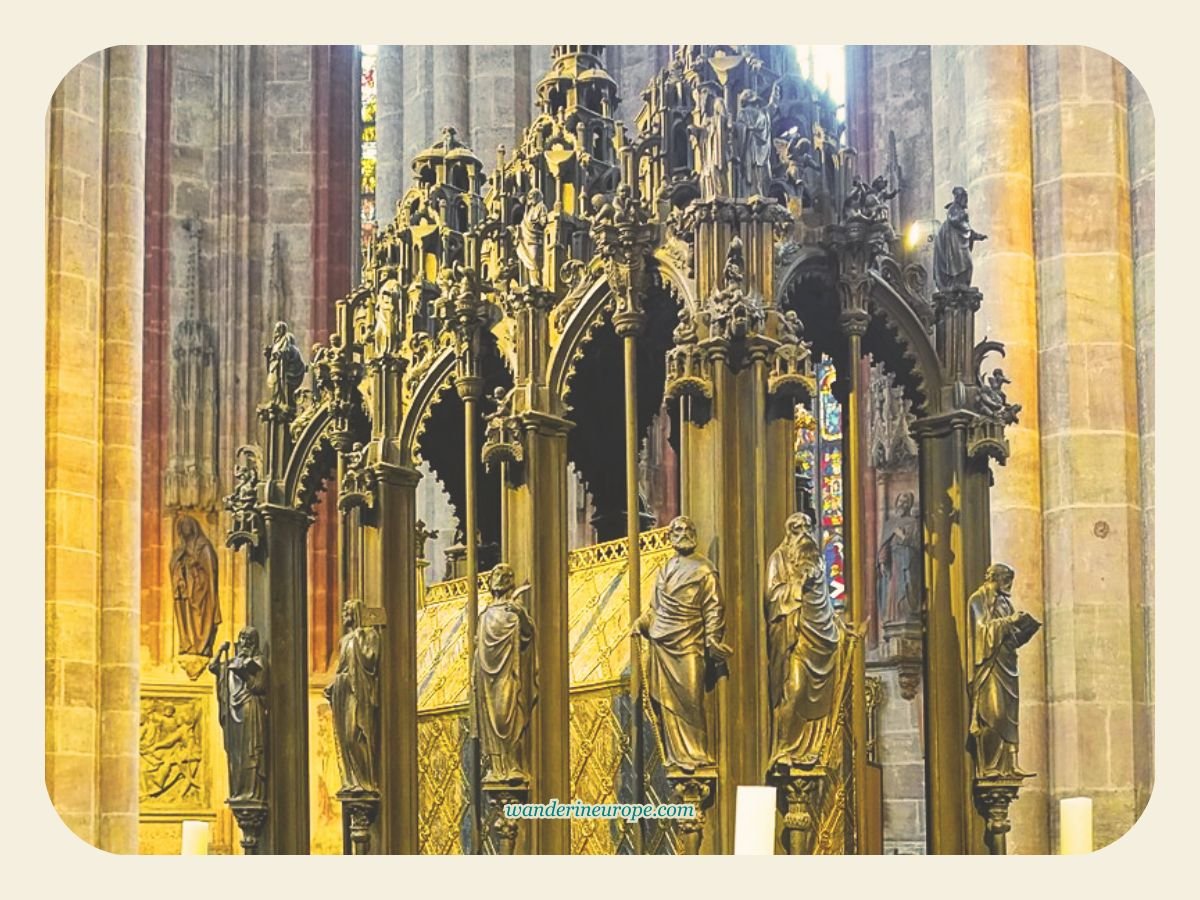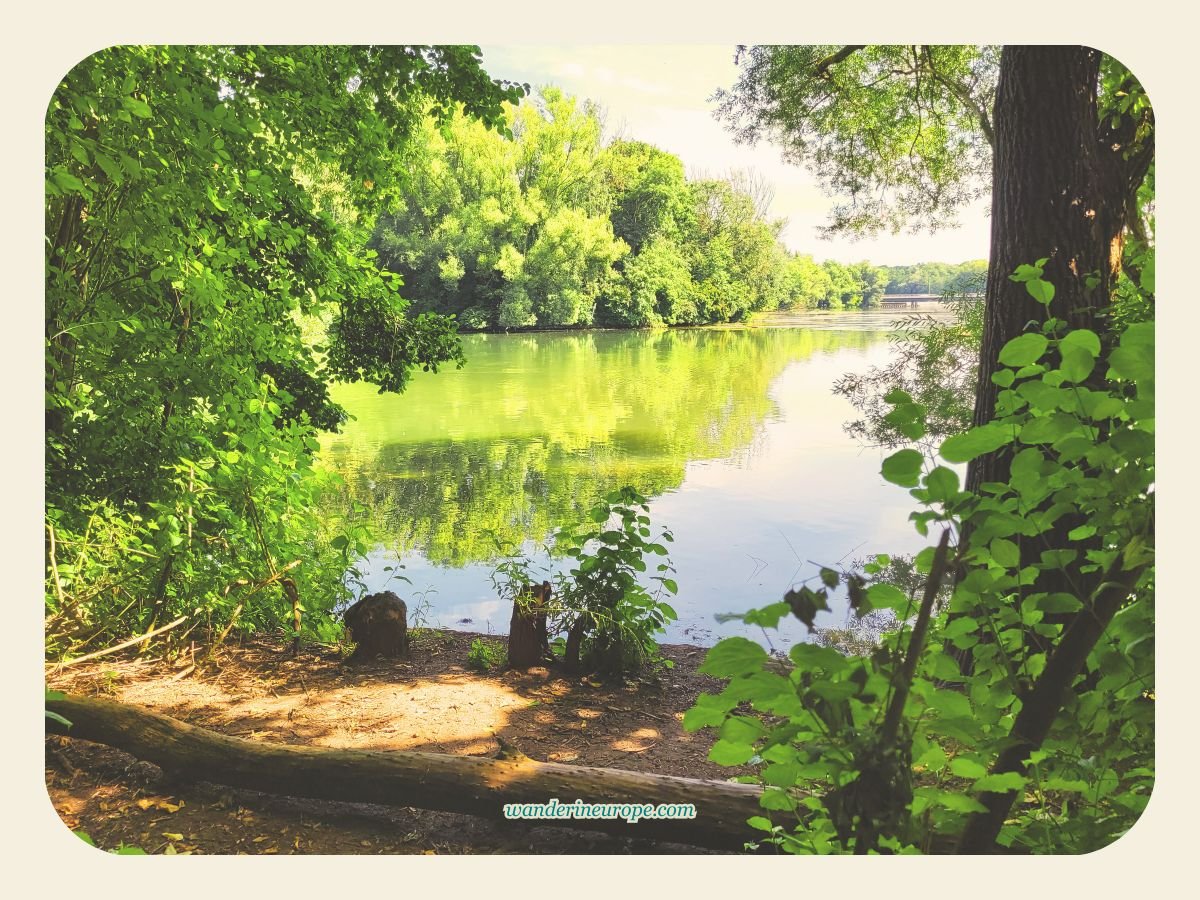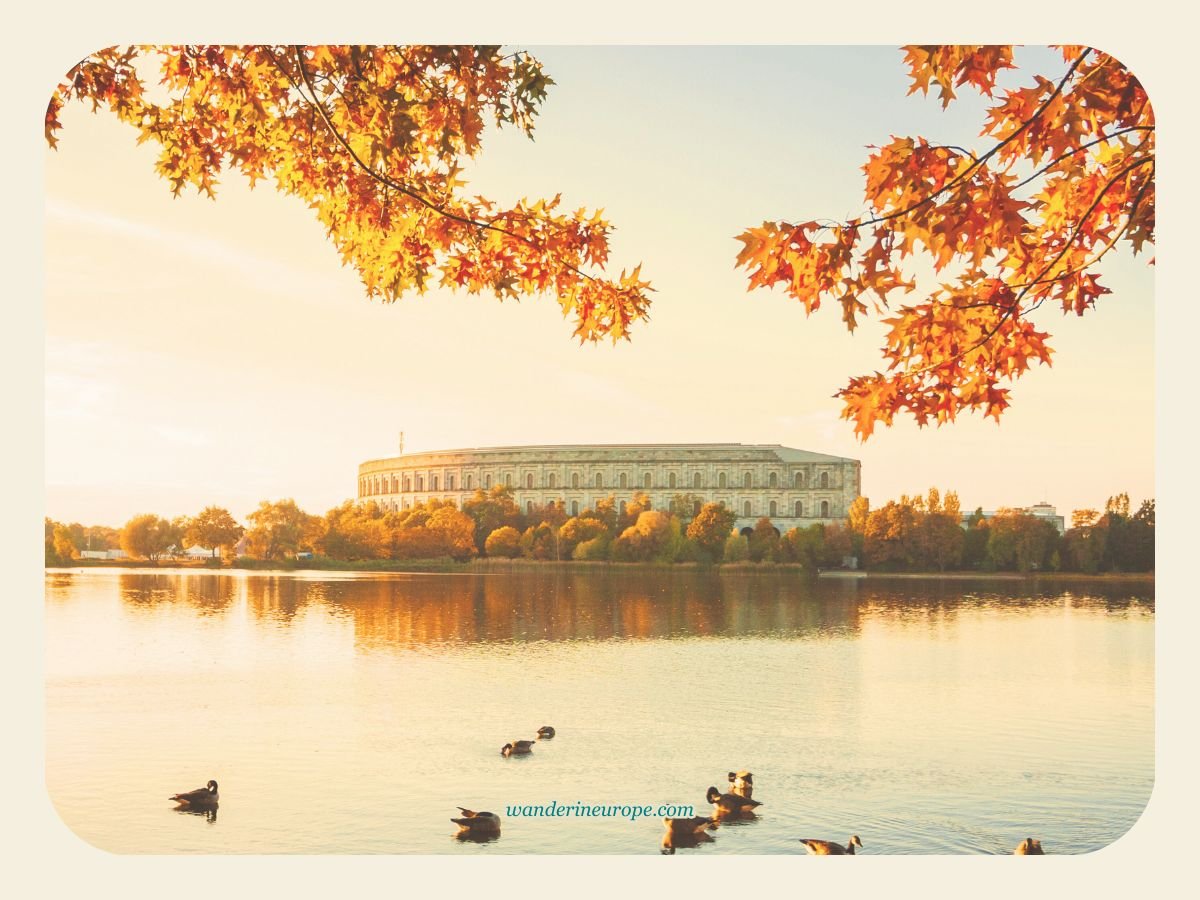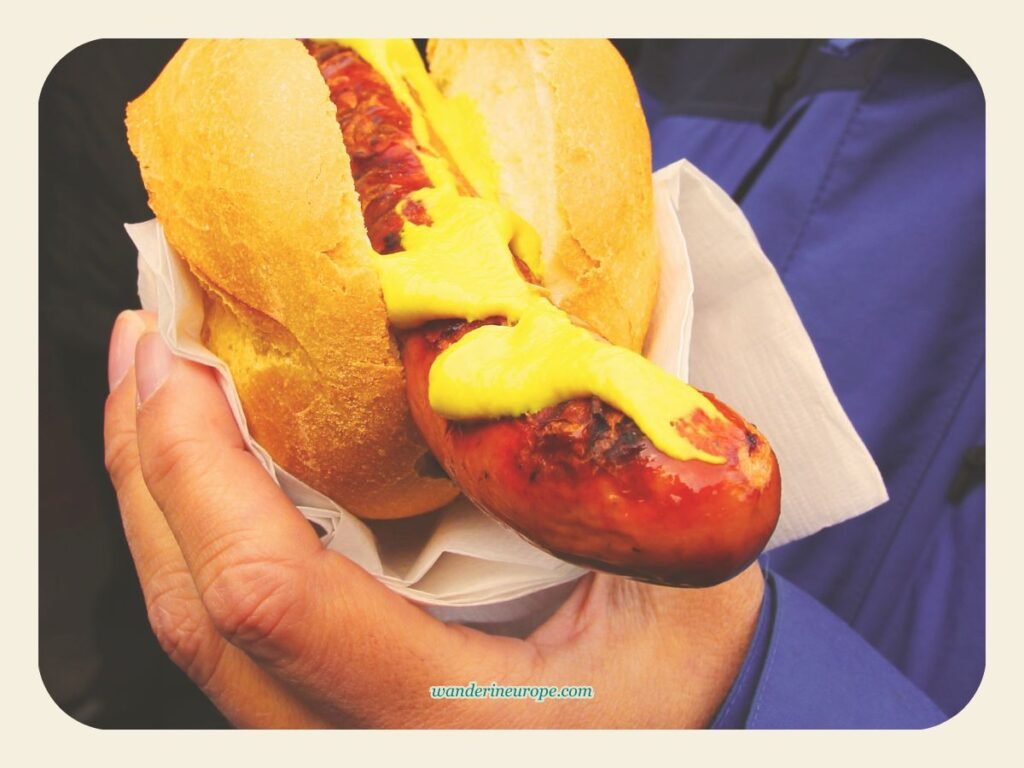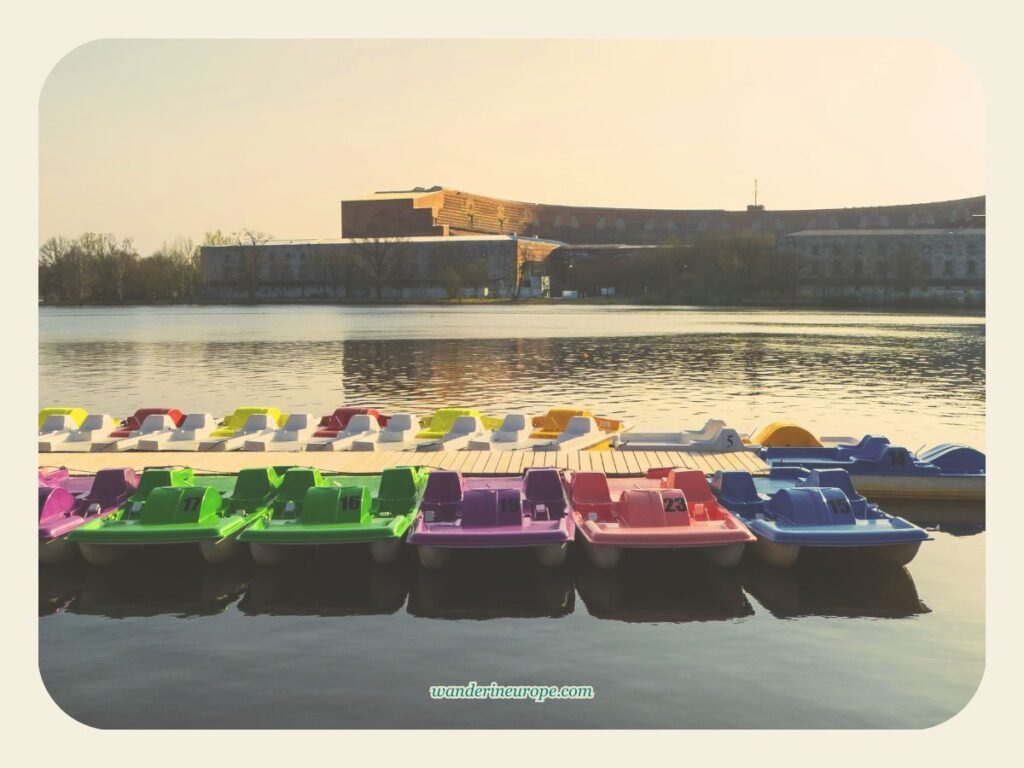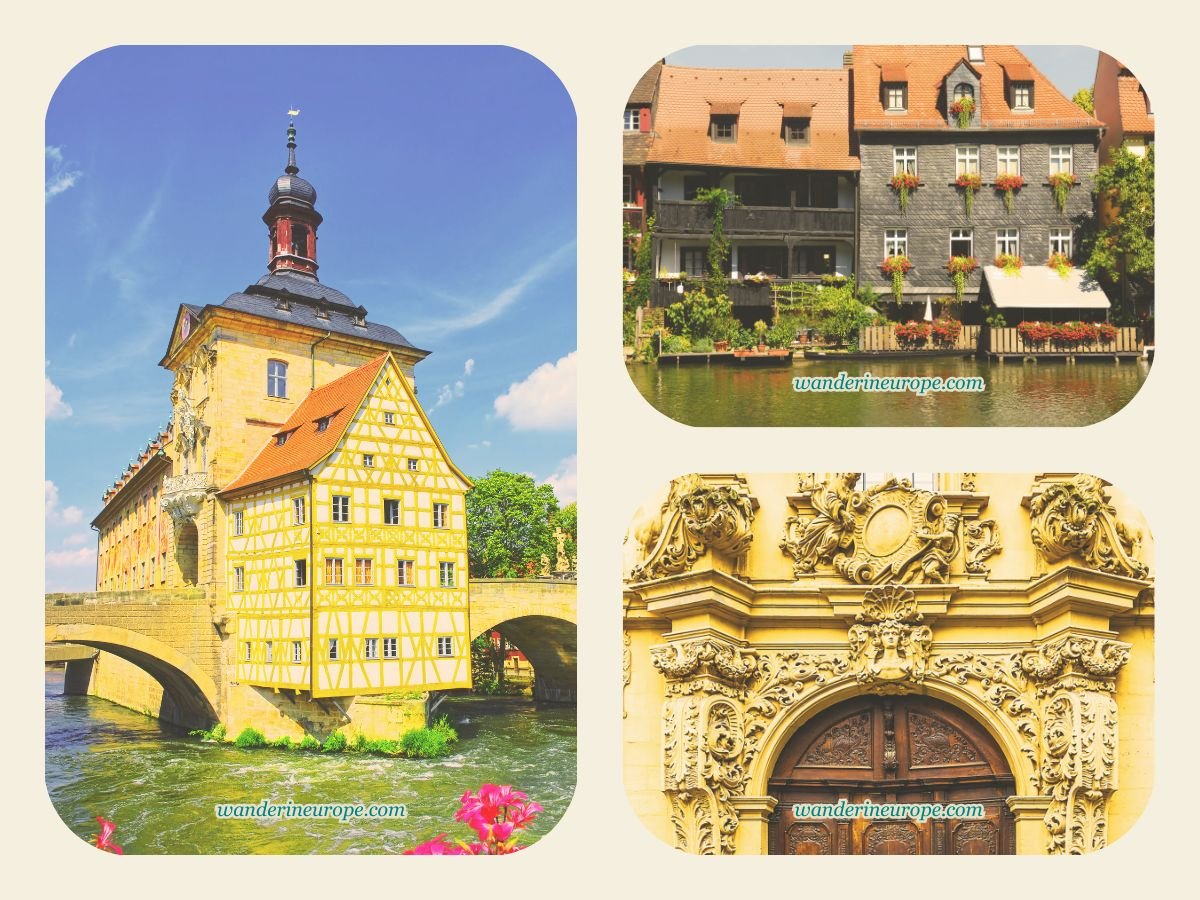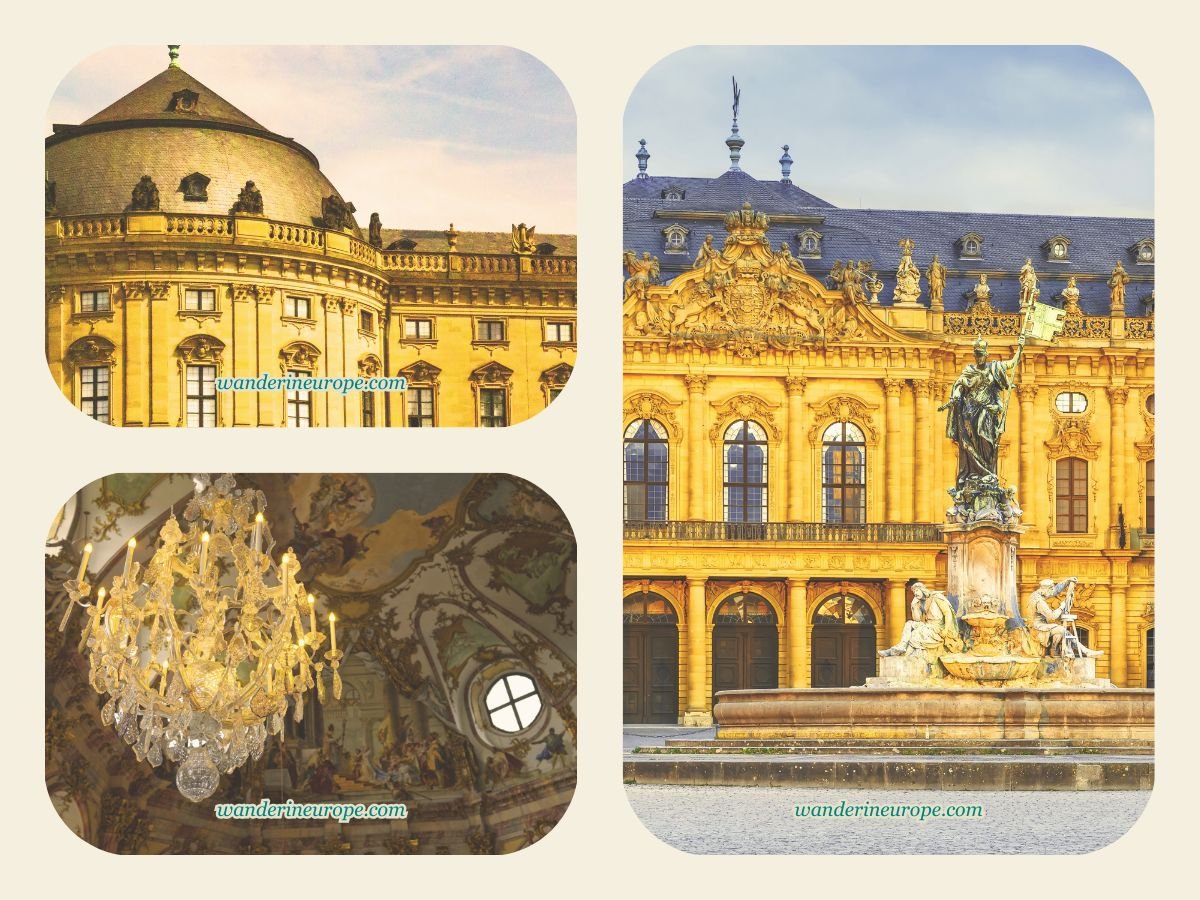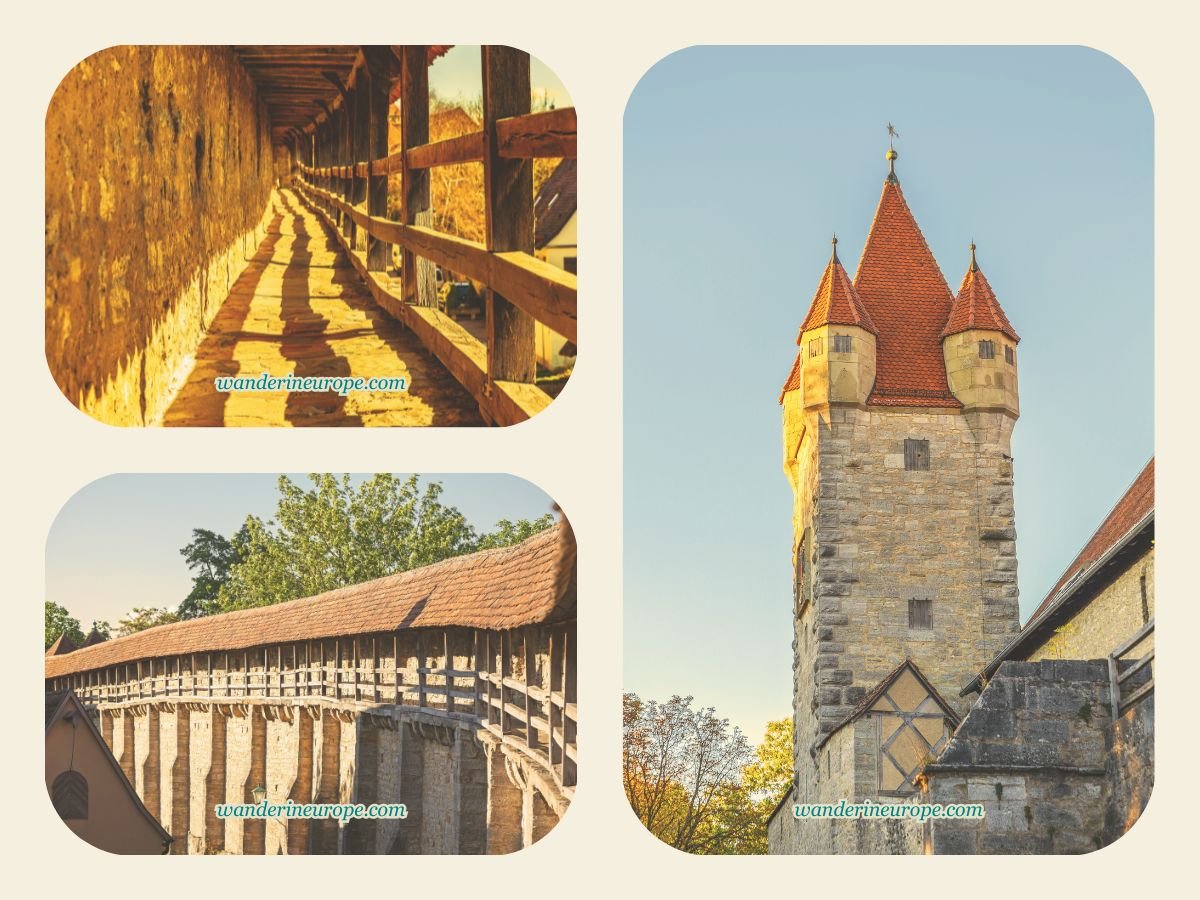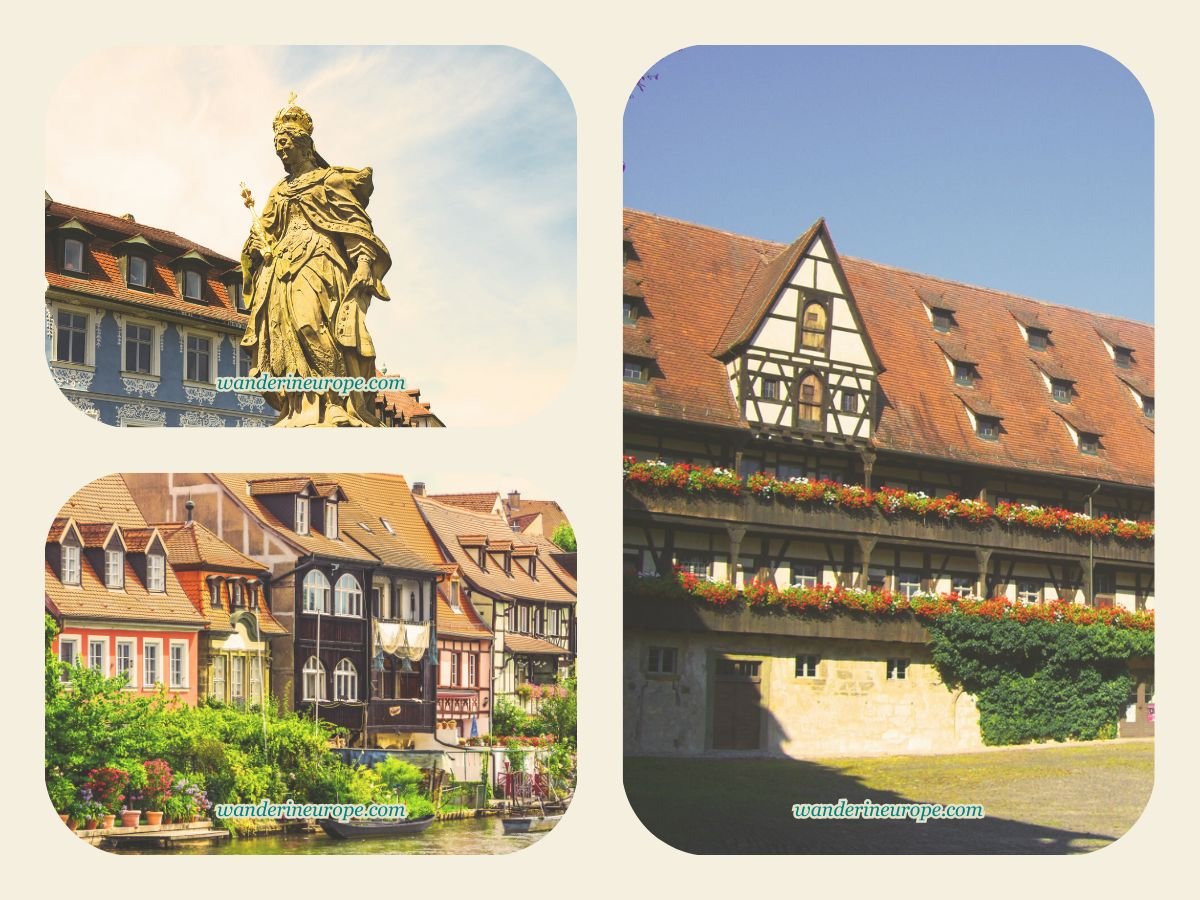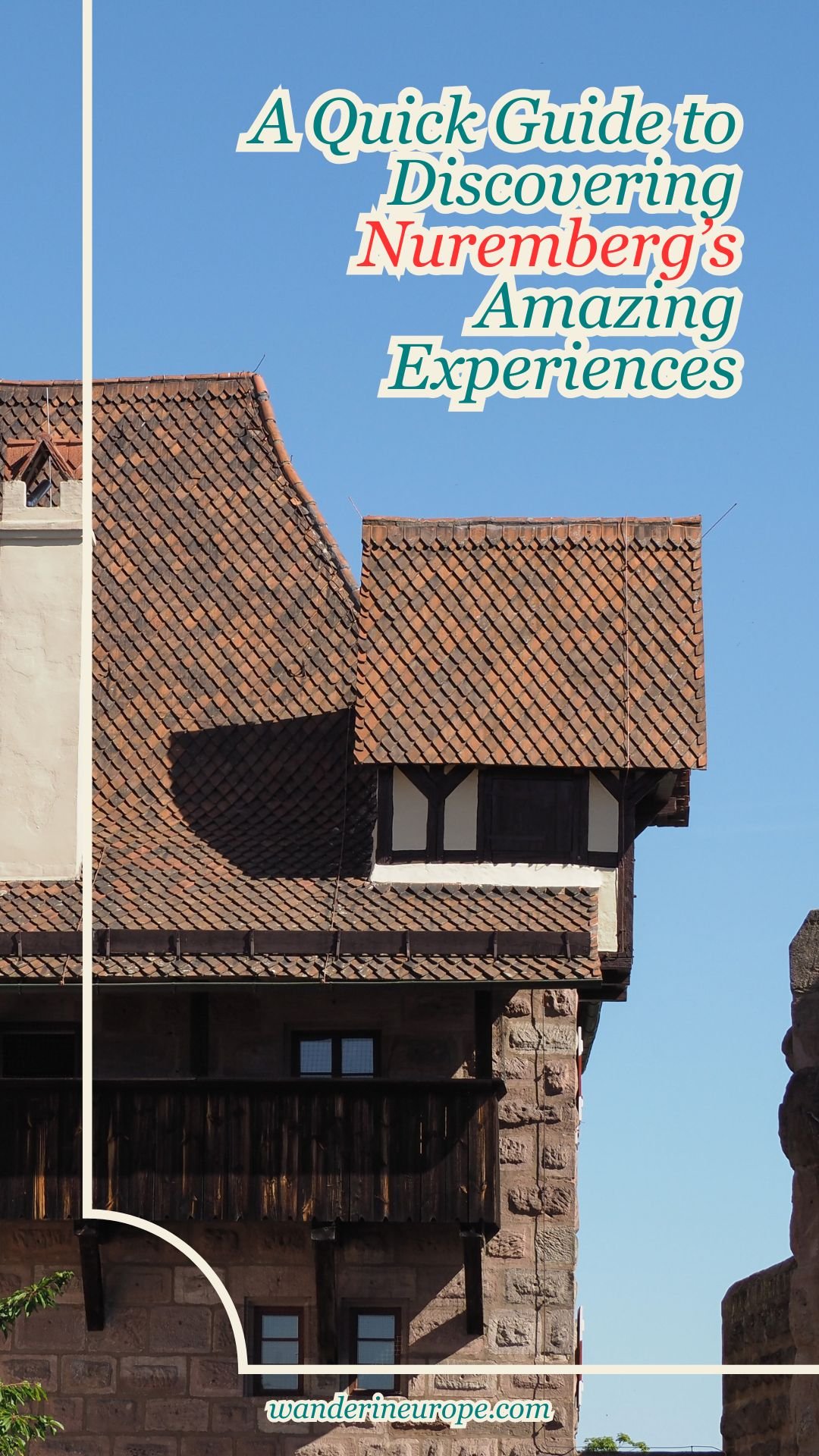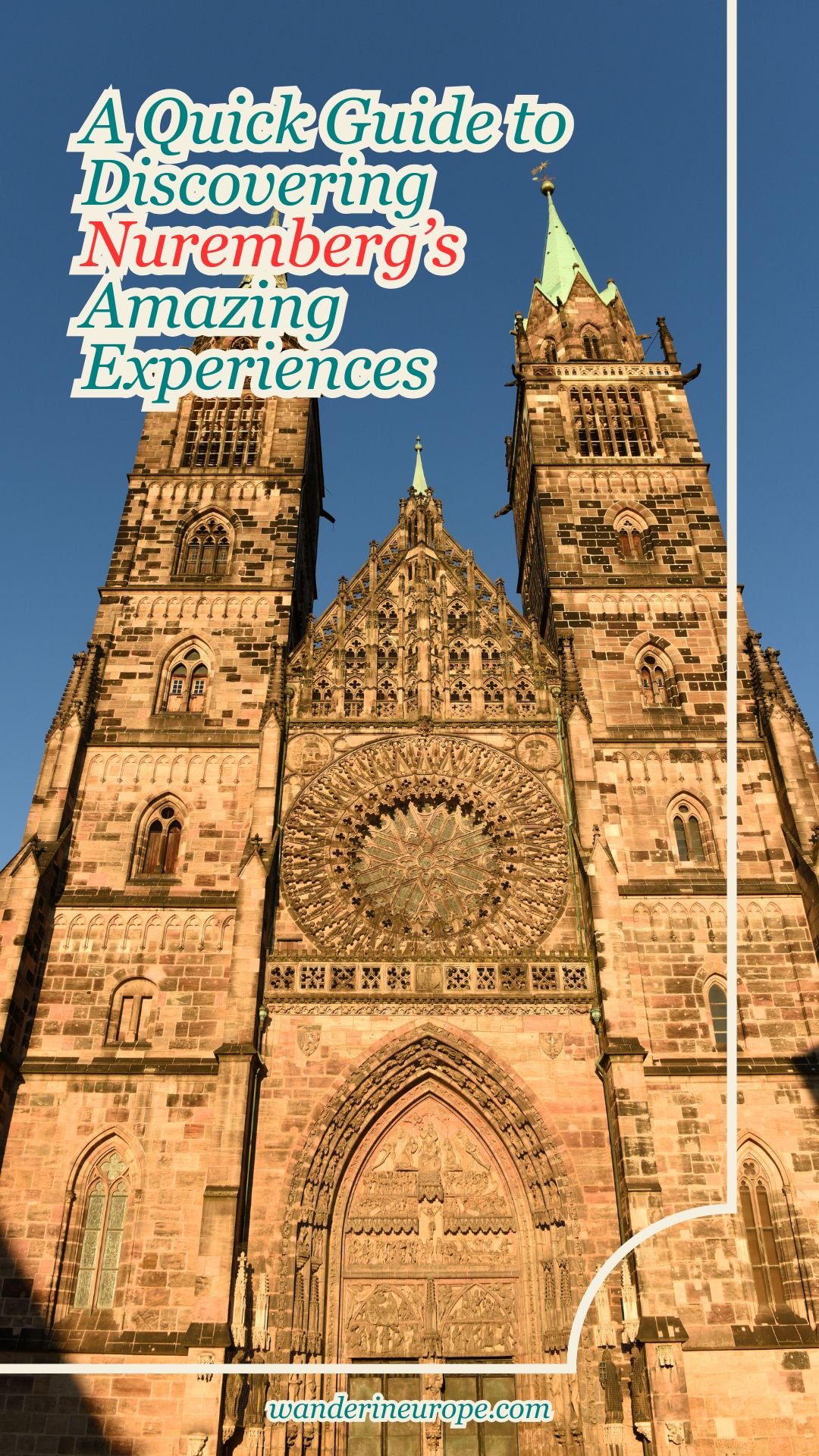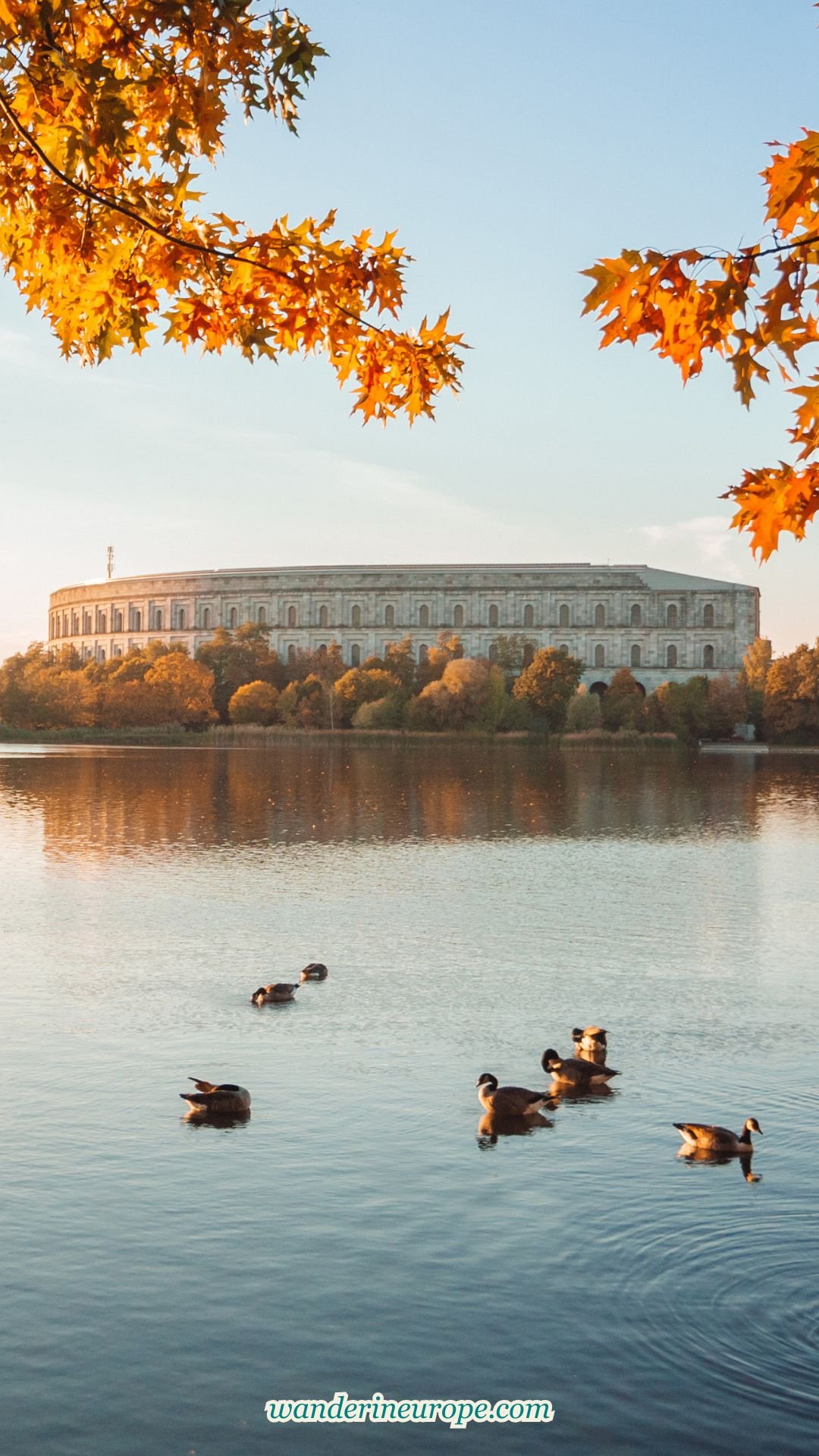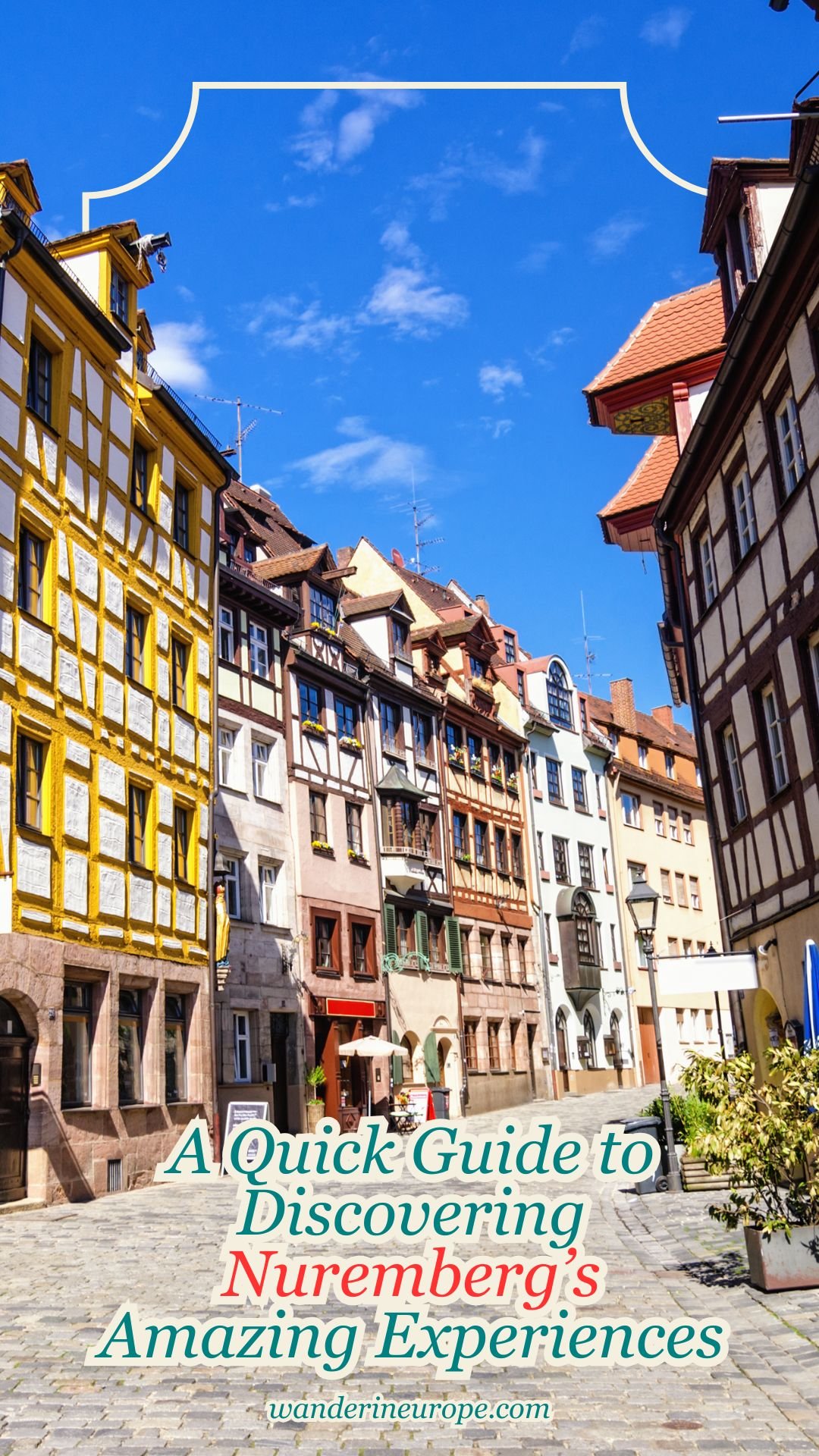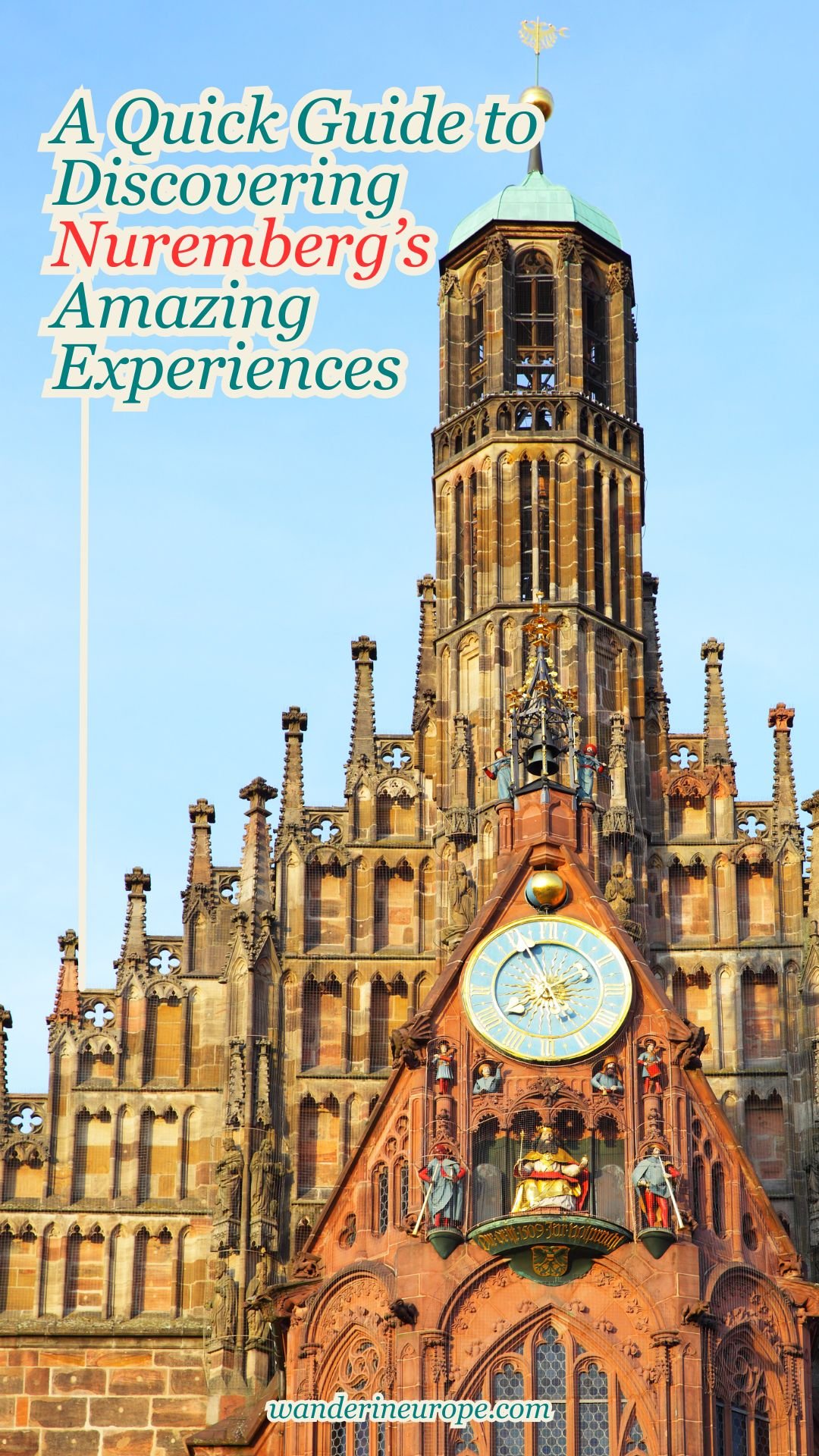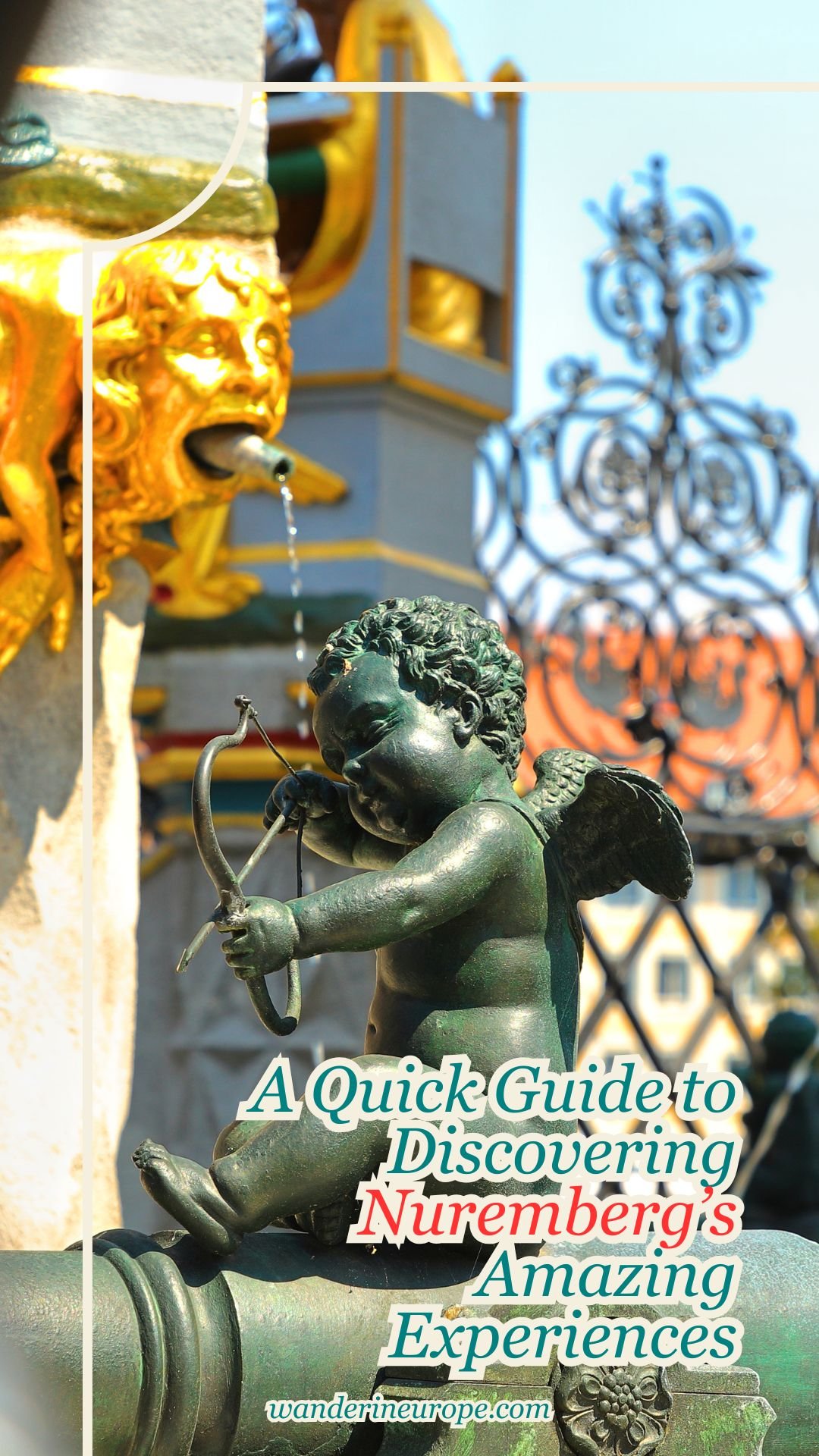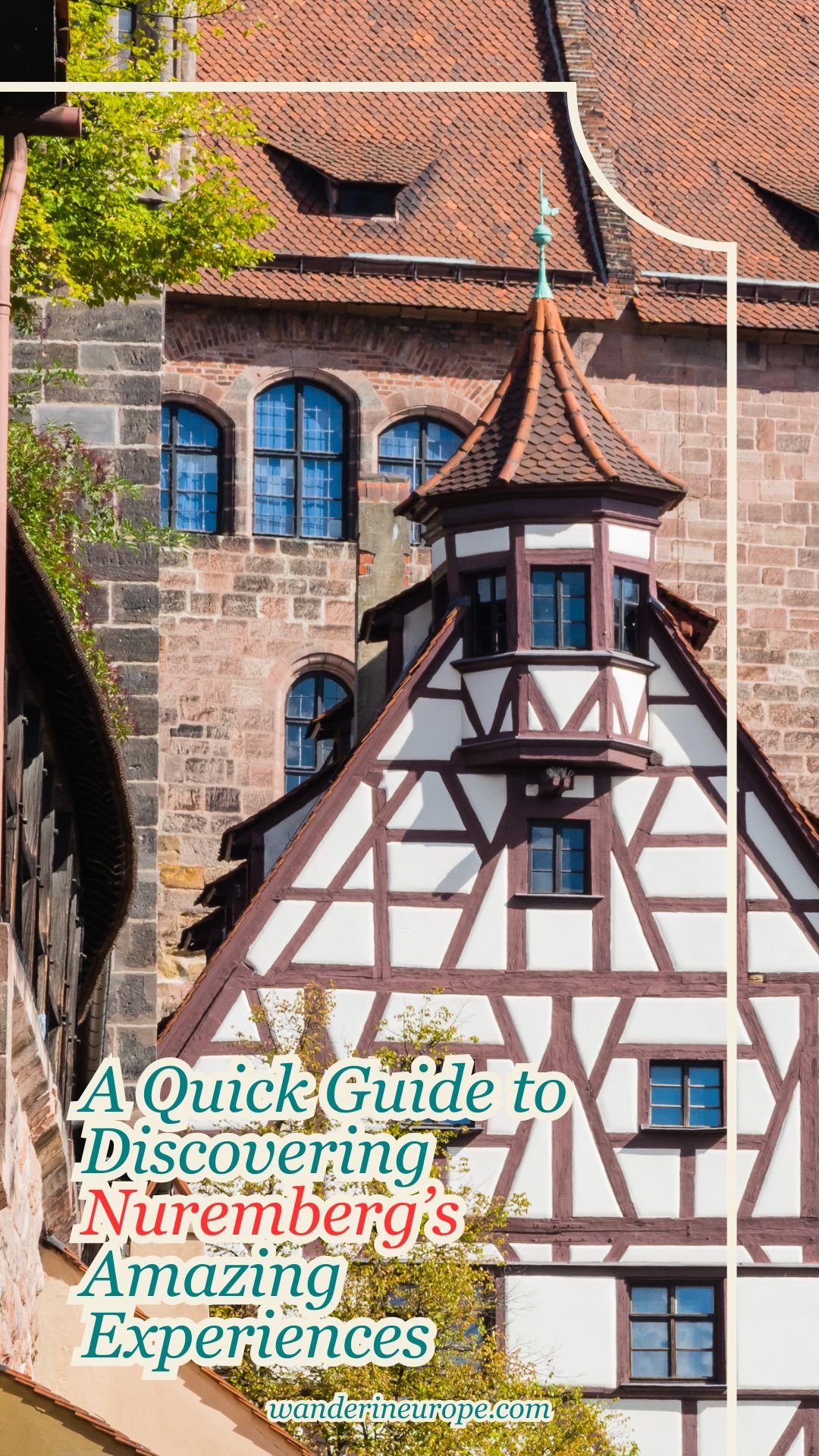A Quick Guide to Discovering Nuremberg’s Amazing Experiences
WanderInEurope is reader-supported. Affiliate links and ads help us keep creating useful content for you.
You know, for the longest time, I had no clue Germany had big cities that looked like they came straight out of a fairytale. That all changed when I found Nuremberg—it’s like Disneyland for adults.
Exploring its charming streets, with those colorful half-timbered houses, and checking out landmarks like Schöner Brunnen, the Imperial Castle, and Sebalduskirche, I kept asking myself, “Why isn’t Nuremberg as popular as Berlin, Munich, or Cologne?” Honestly, with its magical vibe, Nuremberg is a must-see if you’re traveling through Germany. Let me show you why.

Wander-Worthy Streets
One of the things I loved most about Nuremberg was its historic center. The streets were like a postcard come to life, with colorful half-timbered houses around every corner that made you want to take pictures nonstop (for example, in Weissgerbergasse). The fountains were breathtaking and seemed to demand your attention.
And then there’s the Pegnitz River, lined with medieval buildings that arch over the water and create gorgeous reflections. On sunny days, with the river flowing smoothly, it’s impossible not to grab your camera.
But the best part? The city is full of little gems that you can pick up as you explore. You’ll stumble across historic cellars, medieval dungeons, the quaint Trödelmarkt neighborhood, and stunning gardens like the Bürgermeistergarten.
Top Sights
Nuremberg is a city full of history waiting to be explored. It played an important role in the Holy Roman Empire and later became a significant site for the Nazi Party. That’s why you’ll find a castle right in the city center and a former rallying ground just outside the historic district. These are two of Nuremberg’s top attractions, offering unique stories and insights that make them well worth a visit.

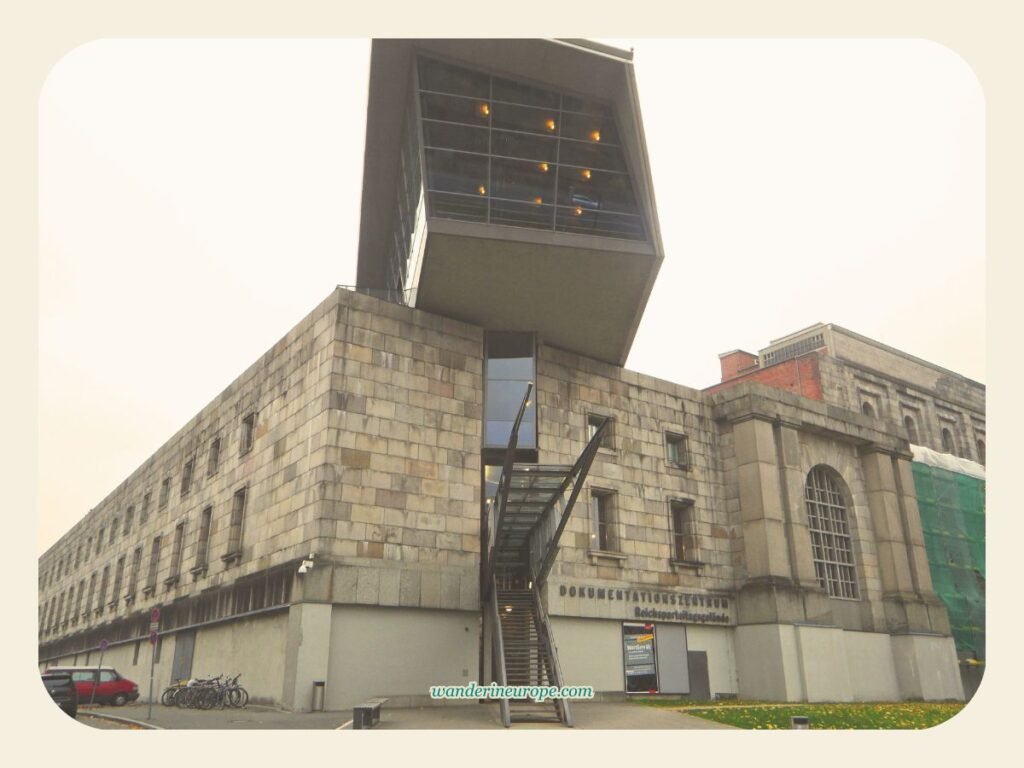
Open to see more pictures

Beautiful Churches
Churches are some of Nuremberg’s most iconic landmarks, attracting visitors exploring the city. They are scattered throughout the historic center, and as you wander around, you’ll almost always see one towering over the surrounding houses.
While Nuremberg’s churches aren’t completely different from others in Europe, they offer unique features worth seeing.
For example, Lorenzkirche is one of Bavaria’s most beautiful Lutheran churches. Sebalduskirche is home to Peter Vischer’s impressive Monument of Saint Sebaldus. And don’t miss the facade of Frauenkirche, which features a charming mechanical clock known as Männleinlaufen.

Amazing Museums
A visit to Nuremberg can be a lot of fun, especially when the sun is out and you’re exploring the historic center on foot. But even if it’s raining, you can still make the most of your trip thanks to the city’s museums.
Frankly, no matter the weather, these museums are a great addition to your experience in the city. There’s something for everyone: the Toy Museum for those looking for a bit of nostalgia, the Germanisches Nationalmuseum for curious minds, and the Nuremberg Transport Museum for anyone interested in transportation and technology.
And that’s just three of the 50+ museums and galleries in town!
Fun Cultural Events
The magical vibe of Nuremberg is even more unforgettable during certain seasons or events, thanks to its cultural celebrations. The city hosts many of them, but the Christmas Market is by far the most famous.
Did you know that Nuremberg’s Christmas Market is one of the oldest and most well-known in the world?
If you visit during this time, you’ll find lebkuchen (a delicious gingerbread treat that’s a must at Christmas markets in Europe) along with charming hand-carved ornaments, nutcrackers, and traditional “Rauschgoldengel” (gold-foil angels). These make perfect gifts or keepsakes.

What’s More?
If you have kids, take them to the Nuremberg Zoo.
Want to relax before heading to your next stop? Check out Wöhrder See or Dutzendteich Lake.
And if you’re hungry, try an authentic Nuremberg Sausage (Bratwurst), which you can find at many restaurants in town. Bratwurst is a must-try since its recipe has stayed the same since the City Council made it a law in 1313.
Planning a Visit?
If you’re ready to start planning your trip, I’ve got you covered to help you make the most of your visit.
- To recap everything we’ve discussed, check out my list of the best things to do in Nuremberg for first-timers and explorers.
- Not sure how much time you need in Nuremberg? I also have a guide to help you decide.
For your convenience, I’ve put together sample itineraries with timestamps. You can check out my posts:
- 3 Ways to Spend 1 Day in Nuremberg
- How to Explore Nuremberg in 2 Days: Rain or Shine Itinerary
- A Full Nuremberg Experience in Just 3 Days
Enjoy your trip to Nuremberg!

Day Trips!
With so much to do in Nuremberg, it’s no surprise if you plan to spend several days in the city. But there’s even more to experience, which might make you want to stay a little longer.
As the largest city in Franconia, Nuremberg is the perfect base for exploring more destinations in the region. For example, Rothenburg ob der Tauber, Wurzburg, and Bamberg are all just a short trip away! There are plenty of other great day trips to consider, but in my opinion, these three are a must-visit.
Beyond Nuremberg
For an epic experience in Southern Germany, Nuremberg is just the beginning. There are plenty more that totally satisfy wanderlust! My top picks? Click the button below to see them! You might also want to check out Munich and Stuttgart for a totally different experience.
From great hotel deals to skip-the-line tickets and affordable eSim to cheap rentals, click here for the best hotel deals and more travel discounts.
For a convenient, unique, or more enriching visit, check out these experiences and services:


Pin this to save it for later or bookmark it to read anytime.



